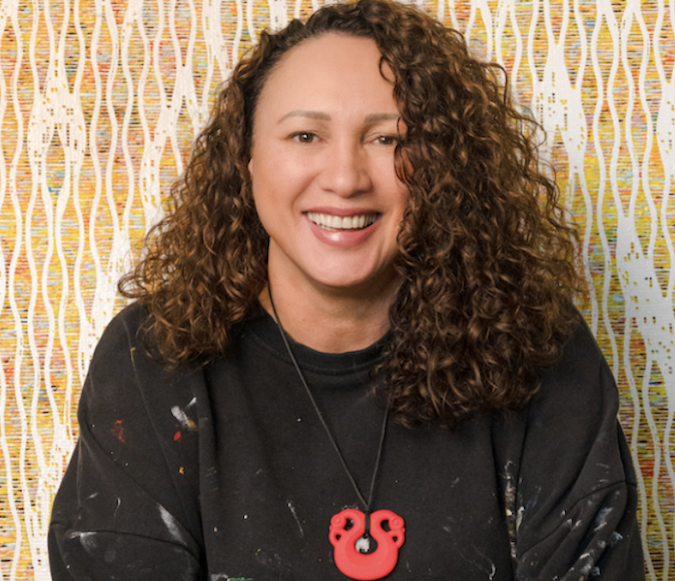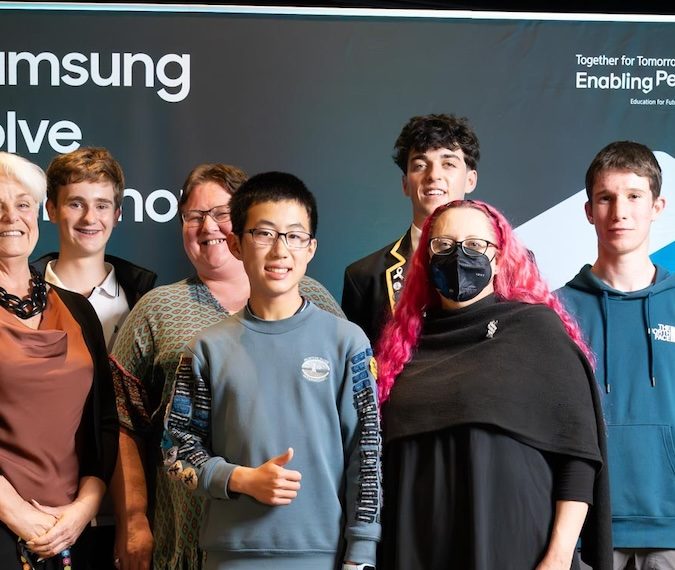
The book’s themes include New Zealand art, film, performing arts, landscapes, environments and especially the impact of global warming on low-lying Pacific nations, their struggles against colonisation and their approaches to survival.
The pictures and the stories are punctuated by excerpts from public presentations, interviews and writings which reveal Carlin’s own politics, her passion for social justice and a lifelong love affair with her camera.
Born in the Bay of Plenty, Carlin lived in Wellington during the early years of her photographic career and moved to Auckland in 1987 where she established Minnie Street Studio as a purpose-designed studio for hire to photographers and film makers, and a place where she could live and work.
Despite contracting multiple system atrophy in 2011, Carlin has collated and prepared all the material for Every picture tells a story herself, controlling every aspect of the new book’s production.
The following text and images are excerpts from the book.
Sir Ian McKellen

Image: Copyright © Jocelyn Carlin
“I woke up on 20 August 2007 to find an email from Michael at Panos, my agency in London, to say I had to photograph Ian McKellen, that day. It was for the New York Times Art Section and the photo had to be in New York, tomorrow. I had the number of his manager and a press agent. The instructions were to make it ‘New Zealandy’, after which they all went home and to sleep I guess.
“For some reason resembling divine intervention, the Wintergardens fernery came to mind as a location. I went to make sure it was really there. Getting permission was going to take time – furthermore I couldn’t get an assistant at such short notice, so this was going to be hard work. McKellen and I arranged to meet there at 11:00am, it was a fine-ish day. I was shooting digitally at that stage, but for me this had to be square format, so I ended up shooting colour transparency. He arrived with his press agent and there we were, the three of us, me the no fuss photographer, no frills Ian McKellen, and a nervous press person. We got on with the job. I went to the lab and the film was processed. I then scanned low res of a broad edit and sent them to Michael overnight. I woke to find an email.
“‘Well done. They’re beautiful. Perfect. I’m so happy…and relieved…and impressed…’
“I scanned the hi-res, communicating directly with the art director in New York. The time zones had worked well in this case. As it happened I shared page one of the Arts section with American photographer and documentary filmmaker Robert Franks.”
BJP

Image: Copyright © Jocelyn Carlin
“The British Journal of Photography is a prestigious journal. In the Environmental Issue on 15 August 2007, Diane Smyth interviewed me as one of five photographers exploring the complex problem of Global Warming. This is from that interview.
If I had to narrow my field of work I could easily take climate change as a first premise as there is so much work to do. But, in fact, in any one place many aspects of life are interrelated anyway.
For instance, on Funafuti, the capital atoll-island of Tuvalu, there is a prevalence of morbid obesity, diabetes and heart disease. Why? There are many factors, but one of them is because there are next to no traditional foods left growing on the island, and this partly due to climate change. Root food crops were grown in deep mud pits, but this is no longer possible as higher tides have made the fresh water under the atoll brackish; in addition to this the atoll is breaking up because of erosion, and the population has increased dramatically since independence in 1978. There are many other factors but health issues are inextricably linked to politics and the environment.
My images of Tuvalu’s eroded coastline both publicise and measure the extent of the problem. As the frequency of cyclonic weather patterns increases, the chance of storm surge occurring at the same time as the seasonally extreme tides is greater. The coinciding event is frightening for people and causes a huge amount of damage. That’s all very photographic and can be accounted for, measured and documented.
Scientific and political sectors are seeing the images both in and away from the region and through Panos we’re bringing the issues and concerns of the small island states of the Pacific to the developed world, specifically Europe and North America. I like to think visibility helps secure aid donor interest from afar. From within I hope my work helps answer a few questions about why life changes daily. Young Tuvaluan men walk over land flooded by the extreme king tide on the edge of the lagoon on Fogafale islet Funafuti. They have never seen the high tide as high as this. On the 28 February 2006 at 5:26pm the high tide was predicted at 3.26 metres but came in at 3.4 metres, the highest ever recorded tide there.”
Kingland fires

Image: Copyright © Jocelyn Carlin
“I was in Kiribati at the time and had woken to find my Australian colleagues reading the news on laptops at breakfast. Cousin Harry’s emails followed with ‘state over view media maps’, pictures, and a blow-by-blow account of his CFA (Country Fire Authority) experiences. “Come and stay for a while, I’ll show you around,” he said.
“Emeretta Cross, an Kiribati national told me she was speaking at the Climate Action Network Australia Conference on 11 March 2009. Needless to say I was soon on a plane. An expert at the Conference attributed rapid climate change, 45-degree temperatures and the dry caused by a 15-20 year prolonged drought to the volatility of the bushfires on 7 February 2009 known as ‘Black Saturday’.
“After the conference I took the train out of Melbourne through the eucalypt gum forests and dry land farming country. Cousin Harry and I drove for three days. Kinglake the small forest town 46 km north-east of Melbourne where a month before Harry had been with the CFA, and the day after the fireball had ripped at its heart, still resembled a crime scene as did Marysville, just 30 minutes’ drive from Healesville, where some 390 buildings were destroyed and 34 fatalities in the area confirmed.”
Every picture tells a story by Jocelyn Carlin
HARDBACK, 250 x 250mm, 240 PAGES
COLOUR PHOTOGRAPHS, 978 0 90868 992 7
$70 plus $8pp – available now via [email protected].







